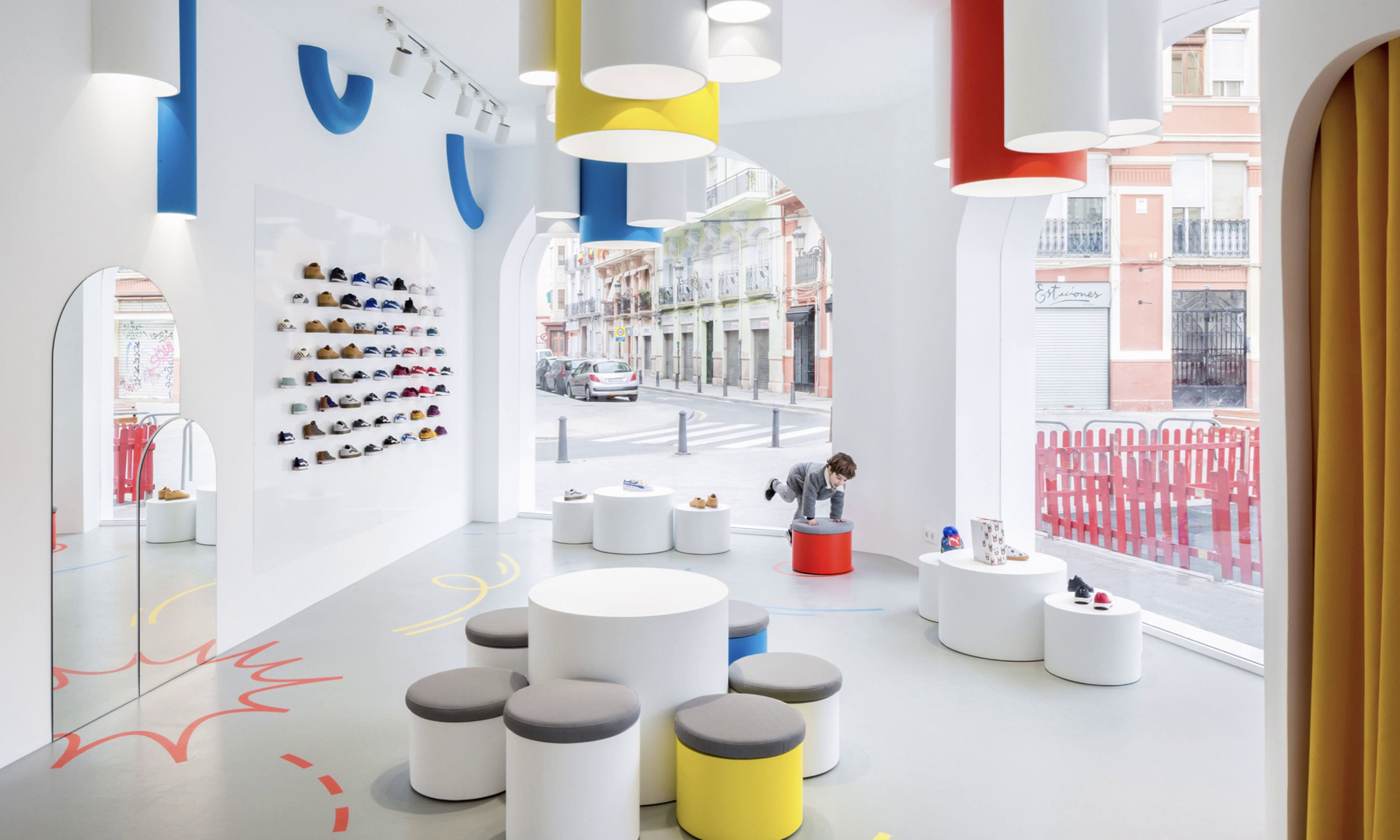The evolution of retail design
Here are some factors that play a crucial role in developing retail design:
Customers’ changing attitudes towards shopping
To begin with, customers are changing their views on shopping—while some prefer the comfort of online shopping, others like going on a journey across different stores to find the perfect item. However, when designing a retail environment, customers who visit retail stores can be divided into two distinct categories. The first type includes customers who know exactly what they want and where to look for it. This is when they’re influenced by like-minded communities or did some research online as to what they want to buy and where they can find it. On the other hand, you have undecided buyers and shoppers who go around looking for inspiration, whether it is self-indulgence or gifting. These consumers want to experience feelings of discovering something new. To cater to them, the product assortment needs to be set in a distinctly inspirational environment. It’s important that retailers must remember that not every visitor is looking to buy something. Many of them are just wandering around, trying to gain inspiration for their next look. This is when a well-designed retail space can lead to conversion.
Combining e-commerce and traditional retail
Brands need to realise that they can’t compete with the speed, efficiency, and convenience of online shopping – if they try to, they’re setting themselves up for failure. They need to combine both aspects to give customers a holistic experience. Greater use of artificial intelligence technologies and integrating smart home devices is enhancing the digital environment every day. Nonetheless, it still holds untapped potential to completely integrate this with a physical retail environment in an impactful way.
Creating authentic, sustainable, and relevant spaces
To convince consumers that they are a reflection of a modern business with forward-thinking practices, brands need to invest in creating authentic spaces that are relevant to the experience and sustainable at the same time. From colour palettes to building materials, from reclaimed décor to energy-efficient lighting fixtures – they all play a role in defining a brand’s identity. Staff members and visitors favour sustainable environments more because they extend the dwelling time and increase wellbeing in one way or another. Unlike before, brands aren’t interested in quick conversions anymore. Now, potential customers are invited inside stores to sample things and interact with products. Think of the Apple stores, their public space approach is a great example of this retail philosophy.
Social validation
Trust any retailer to admit how critical it is for their customers to trust them. Using techniques like user-generated content and reviews, audience loyalty can increase. Free and accessible platforms like Instagram and YouTube give brands exposure via user-generated content like images, stories, video reviews, and unboxing therapy videos. In an era when word of mouth influences buying decisions, users’ comments about a brand ultimately impact future buyers. In contrast, satisfied customers who post a positive experience are a brand’s best ambassadors, because they’re trusted by the community and are “real people”.
The do good, feel good factor
Due to the new generation’s demand for better business practices and sustainable products, brands are leveraging the ‘Do good, feel good’ phenomenon by integrating it with their practices. Many brands get certifications from fair trade organisations and other bodies to show to consumers that the product doesn’t come from exploitation. Whether it’s fair trade, non-animal tested, or even affiliated with an NGO. Take the TOMS’ ‘One for One initiative, for example. It gives buyers the satisfaction that whenever they buy a pair of shoes from the popular brand, an impoverished child also gets a pair. Similarly, whenever they sell eyewear, some of the profit is channelled towards sight restoration in developing countries. As responsible designers, we are committed to preserve the environment and contribute to a sustainable society.
